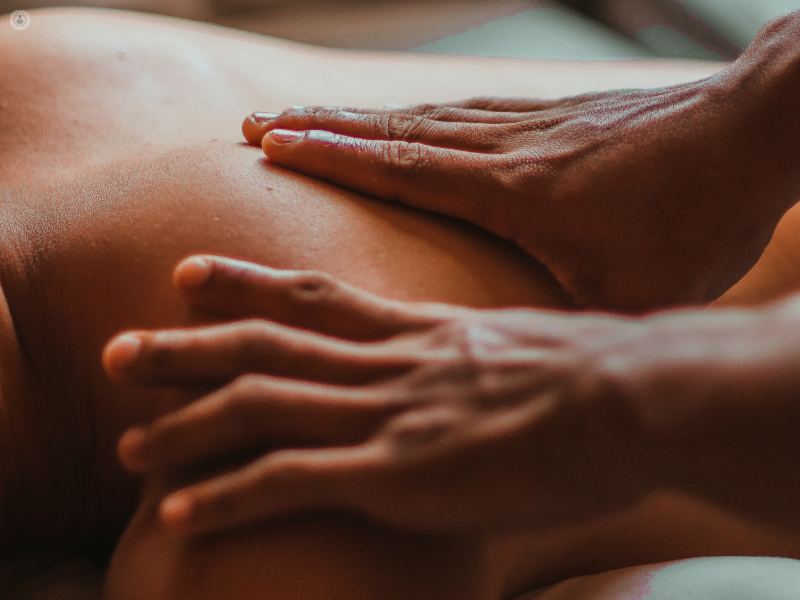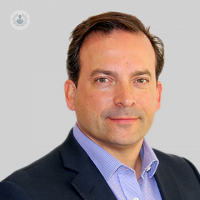Osteopathic urology
What is osteopathic urology?
Osteopathy is a therapeutic process and alternative medicine used to detect, treat and prevent various conditions through massage techniques to the muscles, joints and connective tissues. It takes into account the patient’s overall health, their physical and psychological well-being and looks at how these factors will influence the effectiveness of diagnoses and treatments.
Conditions of the urogenital system can also be treated by a urologist, gynaecologist or andrologist depending on the case. Some conditions, such as menstrual pain or recurrent infections, may require pharmacological treatment, while others such as urinary incontinence or genital prolapse may require more complex treatments, including surgical one

Urogenital osteopathy employs the techniques of osteopathy in urogenital conditions of men and women and is included within the techniques of visceral osteopathy (applying the techniques to the body’s organs).
Why is it done?
Urogenital osteopathy is performed to treat functional problems of the pelvic and abdominal area. Some of the conditions that can be treated with osteopathy techniques are:
- Stress urinary incontinence
- Pain in the pelvic floor area
- Recurrent infections
- Interstitial cystitis
- Congestion
- Prostate pain
- Menstrual problems such as pain or premenstrual syndrome
- Some genital prolapses
What does it involve?
It involves specific massage and manipulation techniques, mostly in the pelvic, abdominal and lumbar areas. However, depending on the cause of a condition, the origin of the discomfort/pain may be from another part of the body. With their perfect knowledge of the human anatomy, the osteopathic specialist will recognise the conditions and then remedy them by touch. Osteopathy techniques should always be performed by a qualified professional.
How do you prepare for osteopathic urology?
One of the main advantages of osteopathy is that its treatments are not aggressive or invasive and so they have no side effects or necessary preparation.
Aftercare
As they are non-invasive treatments, they do not usually require special instructions or aftercare. In some cases, the patient may notice some slight discomfort from the massage or exercise in the area of the body that was treated.
